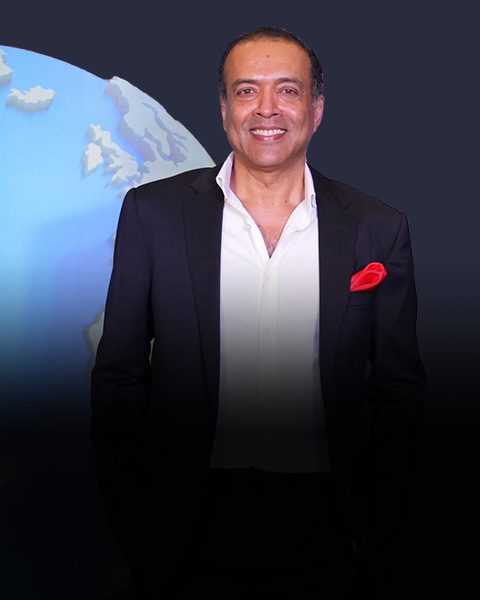Who is a global Indian?
I have long since wanted to tell the stories of Indians abroad, to recount the trials and tribulations they face in their journey to transformation and success. So, back in 2000, when we were making a name for ourselves on the global stage, I registered, almost intuitively, the domain name, ‘www.globalindian.com’.
Global indian impact
-
Personal Impact
-
National Impact
Personal Impact
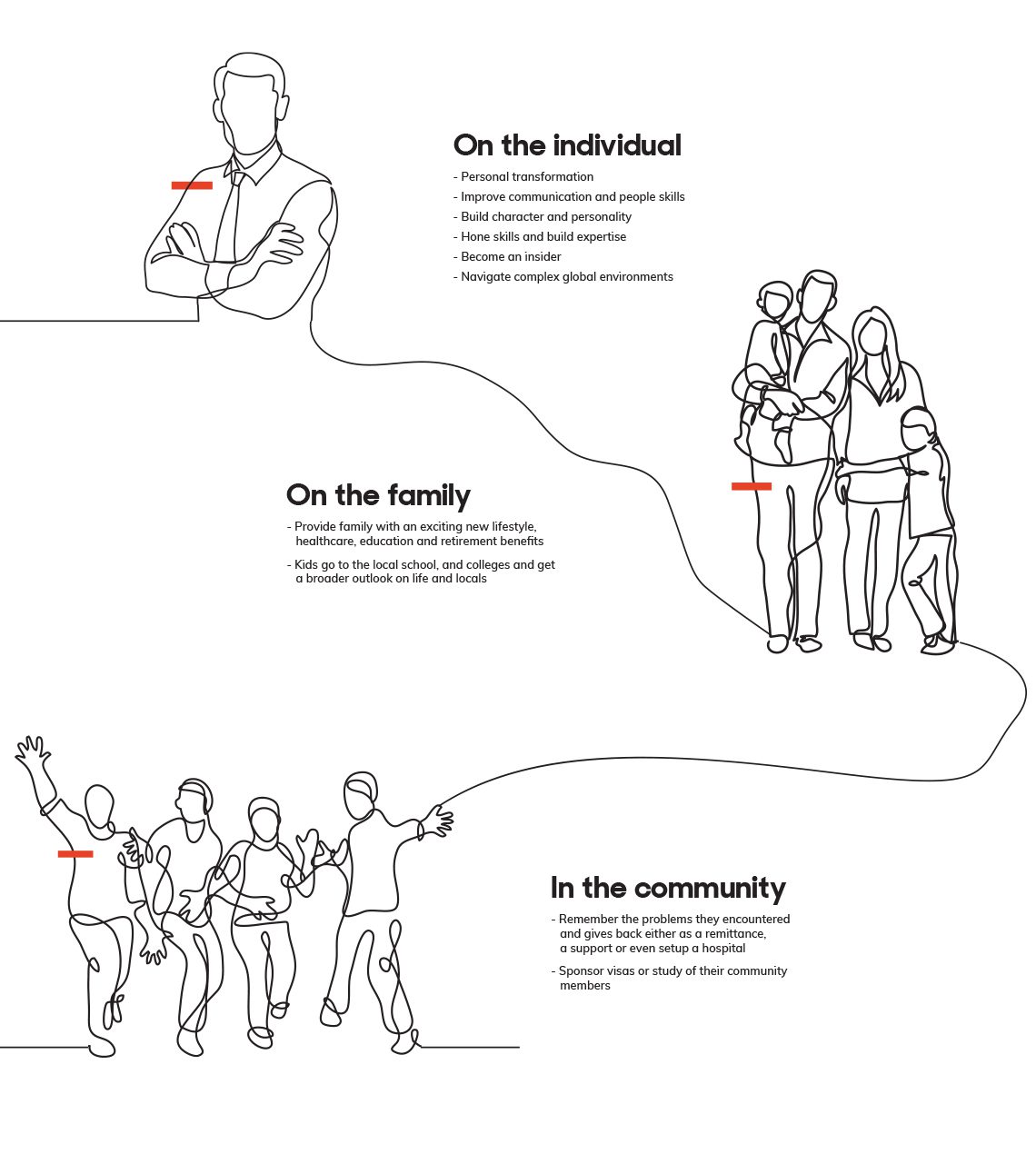
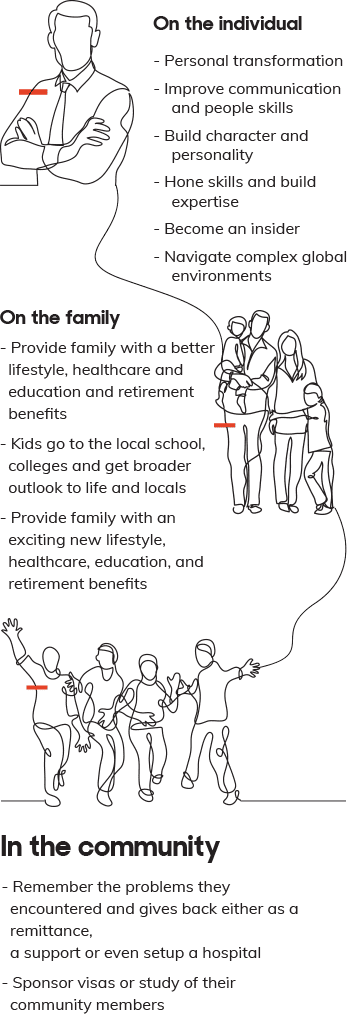
National Impact
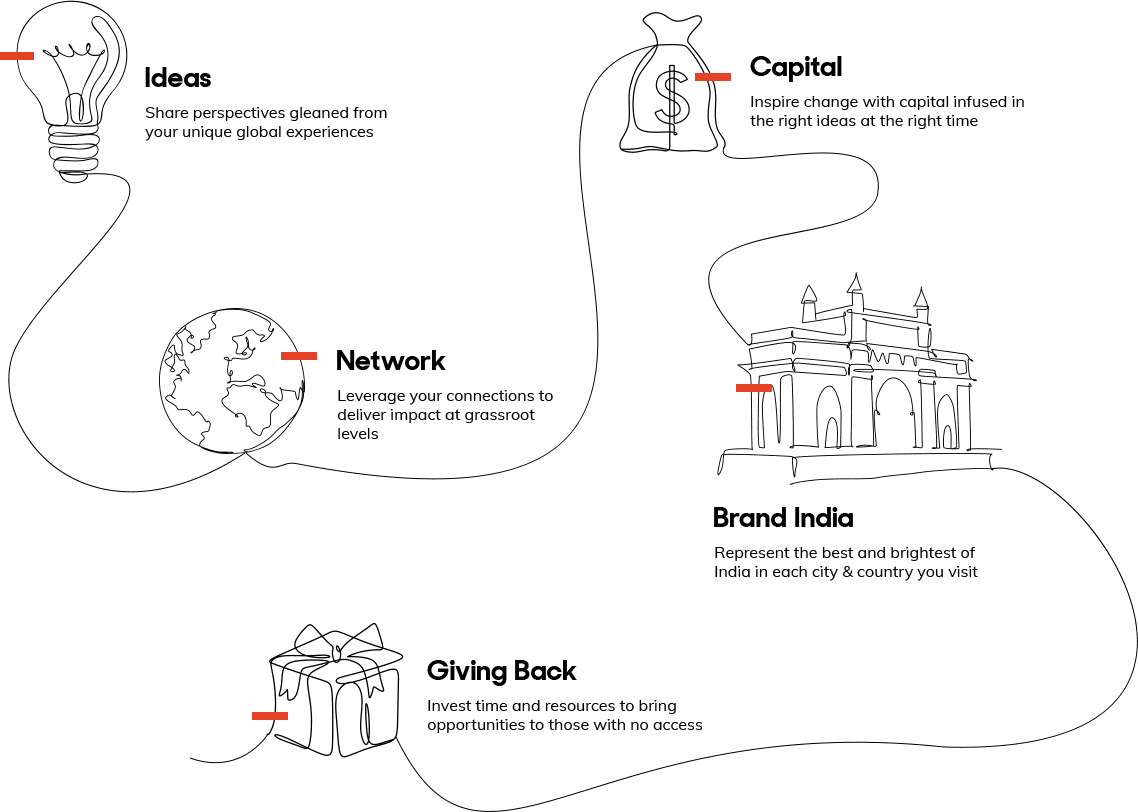
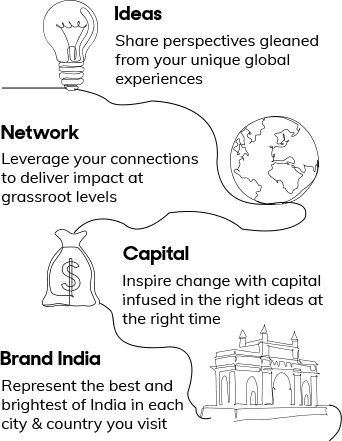
A Hero’s Journey
1920 First Wave | Gobal Indian 1.0
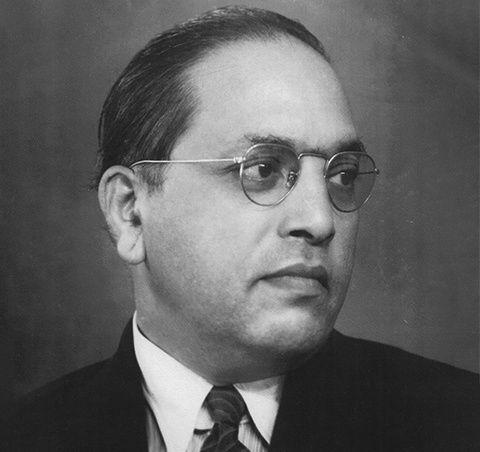
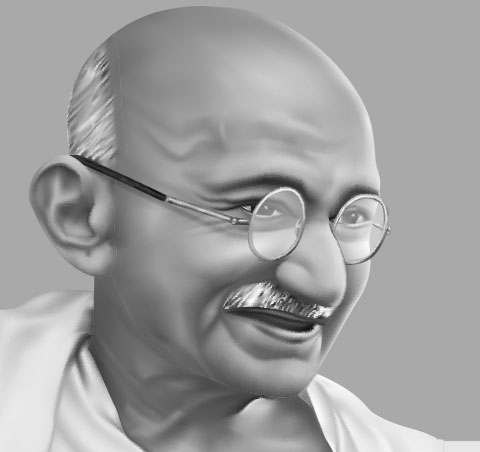
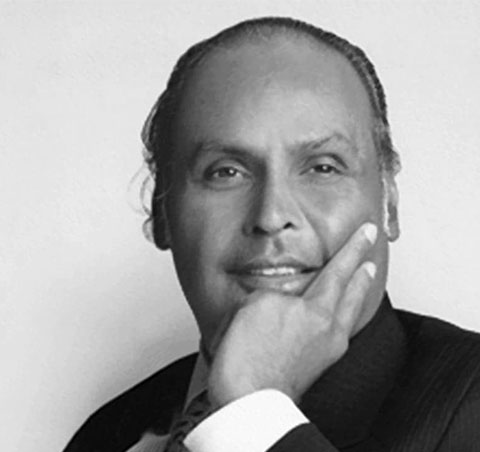
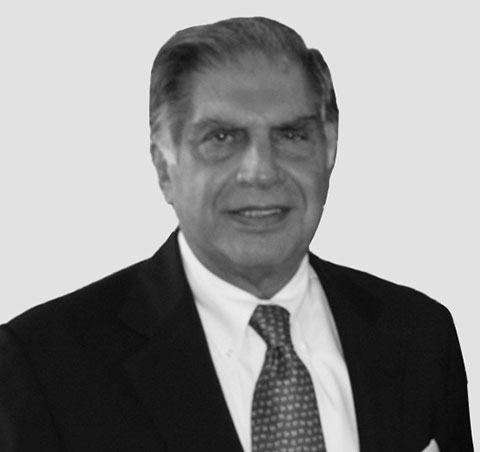
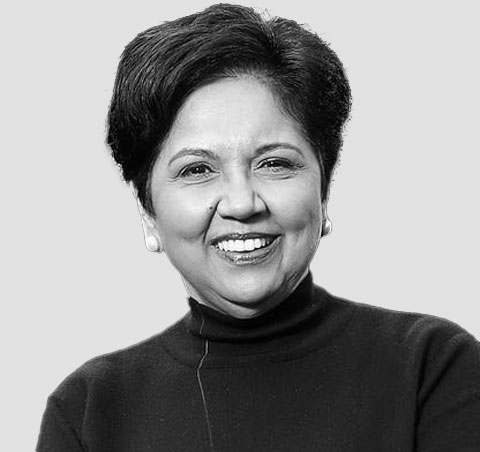
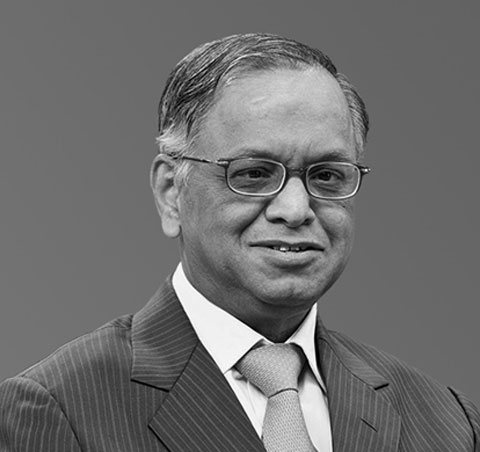

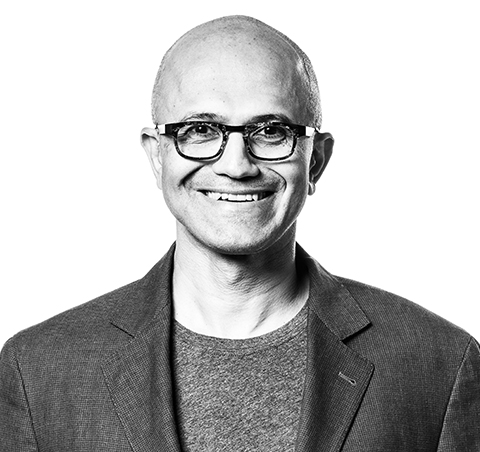


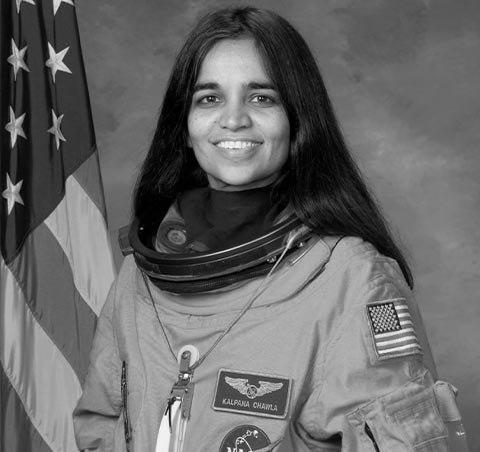
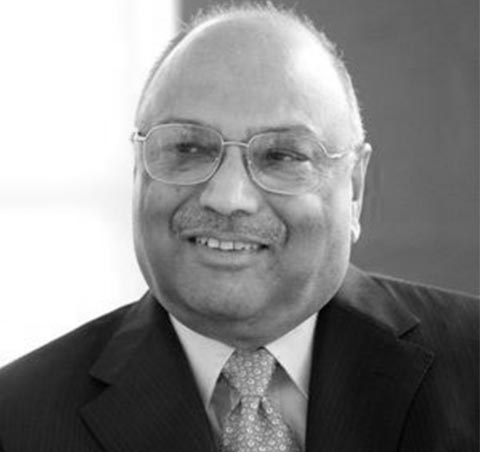

BR Ambedkar (Social Reformer, Constitutionalist, Maharashtrian)
The ‘untouchable’ who wrote the Indian constitution
In school, Bhimrao Ambedkar and the other ‘untouchable’ children were segregated from their classmates, forbidden from entering the classroom. They would wait for a peon from a higher caste to pour water into their mouths – Ambedkar later wrote, ‘no peon, no water’. At the time, he was celebrated for passing the fourth standard, considering his social status. He moved to Mumbai, becoming the first person from the Mahar caste at Elphinstone College, where he earned a Master’s degree in English.
At the age of 22, Ambedkar was awarded a Baroda State Scholarship for three years and went to New York City to do a M.A and PhD at Columbia University. For the first time he experienced the joys of life in an atmosphere free of caste restrictions. Having secured a seat in London School of Economics, he goes to London to study law but returns midway when his scholarship runs out. Going abroad showed him that life could be without oppression too and goes on to write the Indian constitution and becomes India’s first law minister.
“My five years of staying in Europe and America had completely wiped out of my mind any consciousness that I was an untouchable, and that an untouchable wherever he went in India was a problem to himself and to others.” - Ambedkar, Waiting for a Visa
Share Story

MK Gandhi (Father of the nation, Social Reformer, Gujarati)
A spiritual quest for national identity won India freedom
Born into a poor family in a small town in Gujarat, Mohandas Karamchand Gandhi began his education at the local school in Rajkot. At 15, in keeping with the customs of that time, he was married to Kasturba, losing a year of education in the process. He enrolled at Samaldas College, Bhaunagar, but dropped out after one term. A year later, his brother offered to fund Mohandas’ studies in London. His mother objected – the belief at the time was that crossing the seas meant a loss of caste. He stood his ground, even being ostracized from his community.
In London, the teenager struggled to assimilate to the way of life, didn’t enjoy the cold weather and worried constantly about his vegetarian diet and frugal lifestyle. From a shy teenager who tried to conform to English society, to a brown man in South Africa who bore the brunt of racial abuse, he went on to expel the British from India, cultivating a method of peaceful resistance that continues to occupy a unique place in history. Today, Gandhi is the most recognized ‘brand’ in the world and has influenced men like Martin Luther King and Nelson Mandela.
“In a gentle way, you can shake the world.”
Share Story

Dhirubhai Ambani (Industrialist, Visionary, Gujarati)
Learning trading in Yemen to founding Reliance Industries
Ambani’s journey starts off in a small village in Gujarat where he’s seen helping a friend sell fried food at a stall. Although he didn’t excel within the mainstream education system, Ambani was a constant learner who spent his time observing the buzzing bazaars of Gujarat. At 16, he went to Yemen, where he worked as a petrol pump attendant and learned his first lessons in trading on the streets of Aden. He chose to return to India, confident that he could create immense wealth in his home country.
Ambani founded Reliance Industries, which became the first private Indian company to be included in the Fortune 500, and popularized the shareholding culture. Ambani’s legacy lives on, as India enjoys his business model of high-quality services at affordable prices, which impacts several industries including petrochemicals, textiles and telecommunications. Reliance Industries continues to give back to the nation through infrastructure creation at cities such as Jamnagar and high-quality schools and hospitals.
“Think big, think fast, think ahead. Ideas are no one's monopoly.”
Share Story

Ratan Tata (Industrialist, Philanthropist, Parsi)
Making the Tata Group a global, household name
Ratan Tata comes from a long line of Parsi businessmen from pre-colonial periods and was born into privilege. His time at Cornell University (late 1950s), as well as at Harvard (1990s) shaped the individual, engineer, designer and entrepreneur in him. Refusing a job offer at IBM, he returned to India in 1961 and began working on the shop floor of Tata Steel, rising to become the group chairman. During his stint, the Tata Group grew more than 40 times and became a global brand name. He successfully rode the waves of globalisation and technology, building firms such as Tata Consultancy Services and acquiring global companies such as Tetley Tea, Daewoo, Corus and JLR.
In doing so, he enhanced not only the Tata brand but also Brand India. The launch of the Nano, the $2000 ‘people’s car’ brought the world’s attention to India. He continues the legacy of Tata Trusts which balances purpose and profits in all their businesses.
“What drove me — a man on a two-wheeler with a child standing in front, his wife sitting behind, add to that the wet roads — was a family in potential danger.” Ratan Tata on the Nano.”
Share Story

Indira Nooyi (CEO, Pioneer, Tamilian)
The girl who chose Yale over marriage
Indira Nooyi’s journey begins like that of any Tamil Brahmin - a studious Chennai girl, she was raised in a middle-class household focused on academic excellence and finding the right husband. Her mother would also encourage her to play musical instruments and orate on what she would do if she were to become Prime Minister. Upon graduating from IIM Kolkata, she risked sending an application to Yale instead of getting married and working at Johnson & Johnson. To everyone’s surprise, she received a scholarship. Yale was a transformational experience for the young woman, who carried her Indian-ness with grace and pride, even wearing a sari to a college interview. Later, she became one of the largest alumni donors to Yale’s endowment fund.
Indira was a trailblazer, by compulsion as much as choice – she no global Indian predecessors. She rose through corporate America to become the CEO of PepsiCo. As CEO, she would send personal letters to parents of her employees in gratitude demonstrating how her leadership style was influenced by Indian family values. She recognizes India as a great market for Pepsi, and thousands of farmers benefited from Pepsi’s procurement strategy. Her meteoric rise continues to inspire Indian girls through the lesson that excellence can break the glass ceiling.
“Leave the crown in the garage.”
Share Story

N.R. Narayana Murthy (CEO, Pioneer, Kannadiga)
The man behind Infosys found his calling hitchhiking across Europe
Four nights spent incarcerated in a Serbian railway station transformed the life of a young socialist named Narayan Murthy. Born into a humble, schoolteacher's family near Mysuru, his father couldn't afford to pay his fees at IIT, although Murthy did eventually make it there for a master's degree. He landed a job at Patni Computer Systems and was posted in Paris, where young people were in the throes of leftism and socialism. It influenced Murthy too. He travelled often but wanted to do more, deciding to hitchhike his way across 25 countries to India via Kabul.
In Serbia, Murthy was dragged off a train, his passport was confiscated and he spent 120 hours without food or water in a railway station jail cell. Such mistreatment in a communist country turned the "confused Leftist" into a "determined capitalist." He borrows Rs 10,000 from his wife and starts Infosys with six colleagues, with the mission to become the country’s most respectable company. He pioneers the Global Delivery Model, now adopted by every IT outsourcing company. Infosys becomes a cutting-edge IT giant, employs more than 250,000 people, generates a market capitalization of about ₹6 trillion, lays the foundation for the Indian IT services industry and ends up transforming Bengaluru into India’s Silicon Valley.
“Respect, recognition, and reward flow out of performance.”
Share Story

Devi Shetty (Heart Surgeon, Entrepreneur, Mangalorean)
The surgeon who became the Henry Ford of cardio care
Dr Devi Shetty’s journey as a doctor begins in Mangalore. On turning 30, a stint spent working in the UK proved transformational, as he was exposed to high-quality patient care and to the NHS’ healthcare system, which made this quality care accessible to all classes. He had always wanted to return to India but the ‘Heathrow to Howrah’ journey became a turning point for the surgeon.
As a senior consultant at the BM Birla Heart Research Centre in Kolkata, he got the opportunity to treat Mother Teresa, who influenced his sense of empathy. He went on to set up his own hospital, Narayana Hrudayalaya in Bengaluru, with a new cardio-care model based on accessibility at all income levels. He aimed to overturn a situation where critical healthcare is so lopsided that only three out of 100 open heart surgeries are performed. A typical heart bypass surgery costs about $123,000 in the US and about $8,000 in India but Dr Shetty aimed to reduce the cost to $800. His model is an example of how entrepreneurial zeal and drive can deliver where governments cannot. His purpose-driven model (Build it >> Prove it>> Scale it >> Extend it) can be applied in numerous ways to alleviate the poor and disadvantaged in India.
“If the solution is not affordable and accessible, it's not a solution.”
Share Story

Satya Nadella (CEO, Techpreneur, Hyderabadi)
The boy who didn’t want to go America became its tech royalty
Satya Nadella’s journey begins in Hyderabad as the son of a civil servant. Growing up in a household of academicians, his early learning began on the cricket field and in the Hyderabad Public School, which has produced many illustrious global CEOs. Reluctantly at first, he chose the University of Wisconsin-Milwaukee over a master’s from IIT, following it up with an MBA from the University of Chicago. He believes his rise in becoming the CEO was largely because he was in the right place at the right time, as well as the American immigration policy and corporate diversity, which allow a foreign worker on a H1B-visa to rise to the top.
He was responsible for transforming Microsoft, the world’s largest software company, with his cloud-based, mobile-first thinking, which he got from reading ‘The Growth Mindset’ by Carol Dweck. His position as CEO is representative of many Indians who have risen through sheer merit and contributed thereby to building India’s brand equity. Today he is a US citizen and lives in Seattle but his Indian origins and understanding of the Indian market gives Microsoft an advantage in terms of making investments and inroads into India’s digital infrastructure and future.
“I fundamentally believe that if you are not learning new things, you stop doing great and useful things.”
Share Story

Kamala Harris (US Vice President, Politician, Tamilian roots)
The next president of the United States?
Kamala Harris’ journey would not have been possible without her mother Shyamala leaving Chennai as a 19-year-old to study at the University of Berkeley sponsored by her parents’ retirement fund. Kamala was shaped by her Tamilian mother’s choice to raise her daughter with African-American values and an activist-mindset. Her mother also exposed her to Indian during their visits to the country. Growing up in the Oakland area, she bore the brunt of segregation laws in operation at that time. This racial discrimination, as well as her parents’ zeal for activism, shaped her consciousness from a young age.
She joined Howard College, studied law and started her career a civil rights’ prosecutor in San Francisco, and rose to become California’s Attorney-General. Her sharp legal and oratory skills catapulted her into national politics as a member of the Democrat party. She was named the running mate for Joe Biden in the 2020 election and broke the glass ceiling by becoming the first female vice president and the highest-ranking female official in US history, as well as the first African-American and first Asian-American vice president. In the process, she has enhanced the equity of brand India and inspires thousands of young women to aspire to the highest office.
“Do not let anyone ever tell you who you are.”
Share Story

Gitanjali Rao, Young Social Innovator, Mangalorean
The girl who wants you and me to innovate
Gitanjali's Rao's journey begins in the US where her parents inculcate in her an early interest in problem-solving. As a nine-year-old, her attention is drawn to the news of lead contamination in Flint, Michigan. She grew concerned with the idea of kids like her around the world drinking contaminated water and it set her on the path to discovering her own ikigai and also inventing an affordable device that detects lead in water. She went on to win several awards, including being featured on the cover of Time as the Kid of the Year in 2020, when she was only 15. Her innovative thinking also addresses cyber-bullying and opioid addictions.
Her scientific accomplishments and her recent book ‘A Young Innovator's Guide to STEM’ show that innovation and entrepreneurship begin with empathy and that one does not need to be a scientist or have a PhD to solve the world's problems. She inspires kids to use science and technology to create social change and encourages girls to study STEM subjects. Her story reminds our policymakers that innovation needs to be part of our curriculum and how such thinking can be a savior to India's and the world's problems, and that anything can be solved by you and me.
“My goal has really shifted not only from creating my own devices to solve the world's problems, but inspiring others to do the same as well.”
Share Story

Kalpana Chawla (First Indian-origin woman in space)
From small-town Haryana girl to the first Indian-origin woman in space
Born in Haryana’s Karnal, Kalpana’s father did petty jobs (from hawking on the streets to tyre manufacturing) to earn a living. However, he ensured Kalpana received an education, deemed an unnecessary luxury in her village. As a child, she would watch the skies from the terrace of her house and draw stars on the ceiling before studying aeronautical engineering in Punjab Engineering College. In Arlington for her MS in Aerospace Engineering at the University of Texas, she met her future husband, a flying instructor and aviation author named Jean Pierre Harrison, who trained her to be a pilot.
With a second master’s and doctorate from the University of Colorado, she began work at NASA. Upon becoming a US Citizen, she applied to the prestigious NASA Corps. She was selected for her first flight in 1991, on the ill-fated ST-107, which disintegrated on its return. Kalpana was not only the first Indian woman to be in space, she pushed the frontiers of science for mankind. She continues to inspire thousands of women and has streets, dorms and supercomputers named after her. Always grateful to Tagore High School, she would have two kids from the school visit NASA every year.
“The path from dreams to success does exist. May you have the vision to find it, the courage to get on to it and the perseverance to follow it.”
Share Story

CK Prahalad, Author, Professor, Management Guru. Tamilian (1900-2016)
The management pundit instrumental in India’s IT boom
CK Prahalad’s journey starts in a Tamil medium school in Chennai, where he was greatly affected by the poverty all around him. He headed to Harvard and went on to become a management guru to CEOs of Fortune 500 companies. He graduated with a Physics degree from the University of Madras and worked for a few years before going to IIM-Ahmedabad and then to Harvard, before returning home. He did leave again, this time to be a professor at Michigan University, a management pundit and a prolific author. In 1990, his book, Core Competence, propelled him into the spotlight and Fortune at the Bottom of the Pyramid’ (2004), which posed innovation as a solution to widespread poverty, paved the way for foreign industry giants to enter India.
He pioneered many management theories including: Core Competence, Dominant Logic, Strategic Intent, Bottom of the Pyramid, Emerging Economies and Co-creation. The management guru, who is a ‘Distinguished Professor’ at the Ross School of Business, Michigan, also guided Indian CEOs during the critical period of rapid globalisation in the 2000s. He believes in the power of imagination and compares entrepreneurs with freedom fighters. He also believes that companies should look beyond profits and be a force of good.
“The problem of poverty must force us to innovate, not claim "rights to impose our solutions.”
Share Story
